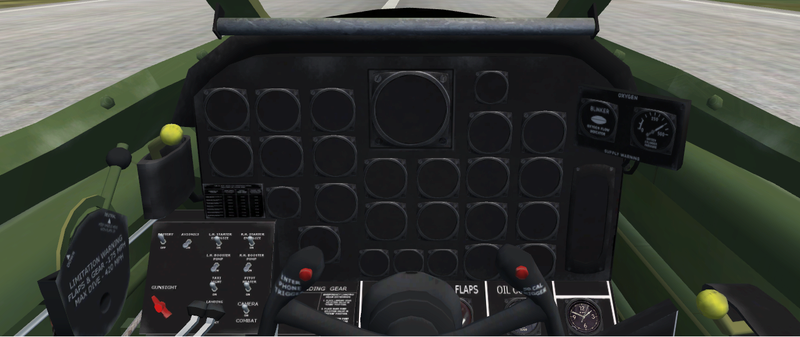Seahawk72s
SOH-CM-2023
Open palette
This is a great model and understandably still a work in progress.
I'm wondering if you could leave in place a few open vcockpit surfaces so those of us who are
panel geeks can place gauges we may like to see. The ones that I can think of are the observers
panel, the little O2 panel by the pilot, the limit lights panel and the lights box..?
Of course I have no idea what you have planned for the future so what I have wrote may be complete garbage.
A lot of folks have been waiting for this plane, maybe we can help out a little bit.
(panel graphics are Lobo Da Silva, gauges by Milton and others)
This is a great model and understandably still a work in progress.
I'm wondering if you could leave in place a few open vcockpit surfaces so those of us who are
panel geeks can place gauges we may like to see. The ones that I can think of are the observers
panel, the little O2 panel by the pilot, the limit lights panel and the lights box..?
Of course I have no idea what you have planned for the future so what I have wrote may be complete garbage.
A lot of folks have been waiting for this plane, maybe we can help out a little bit.
(panel graphics are Lobo Da Silva, gauges by Milton and others)



